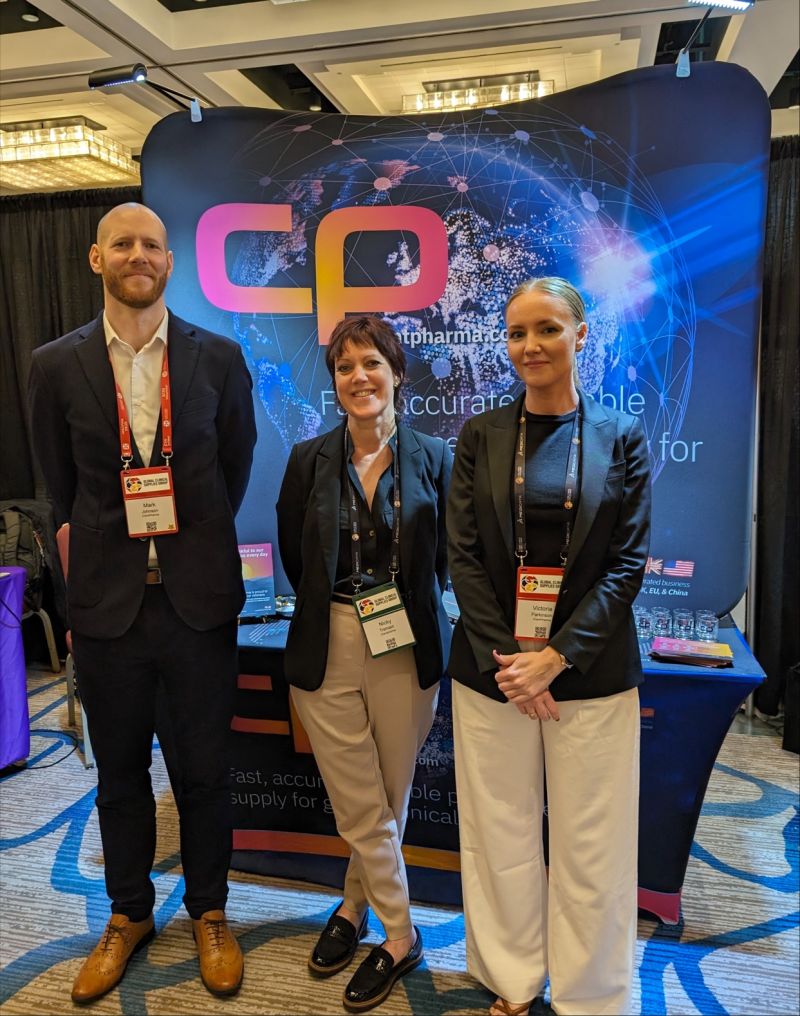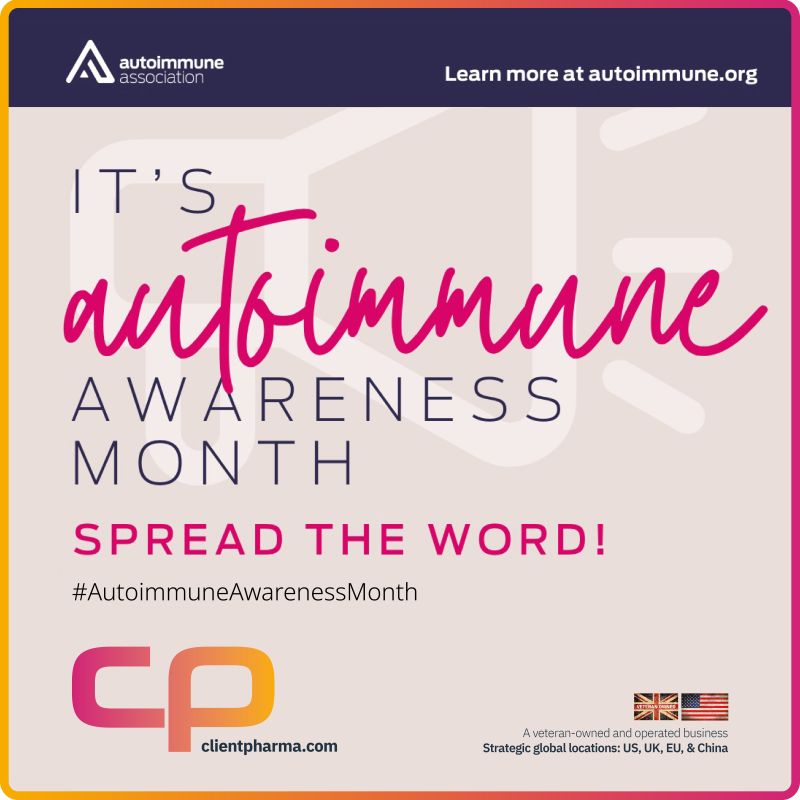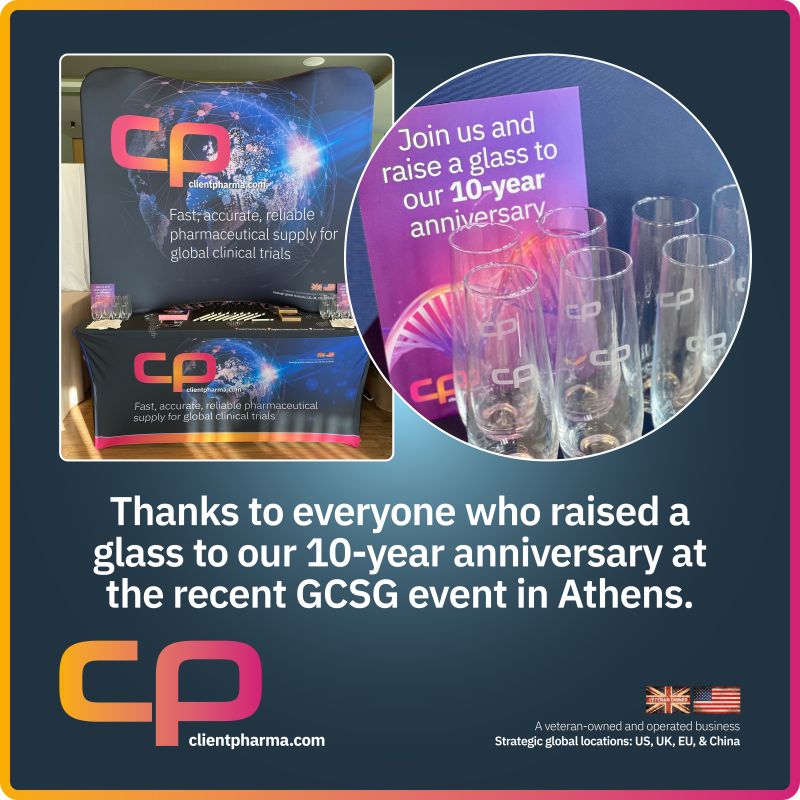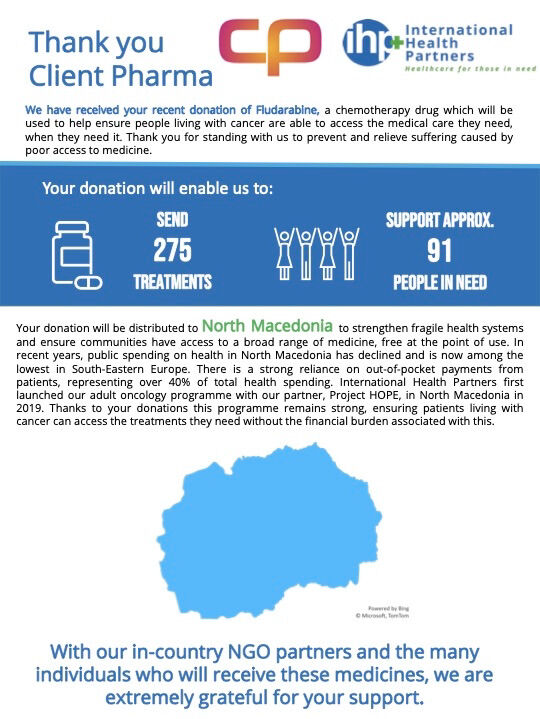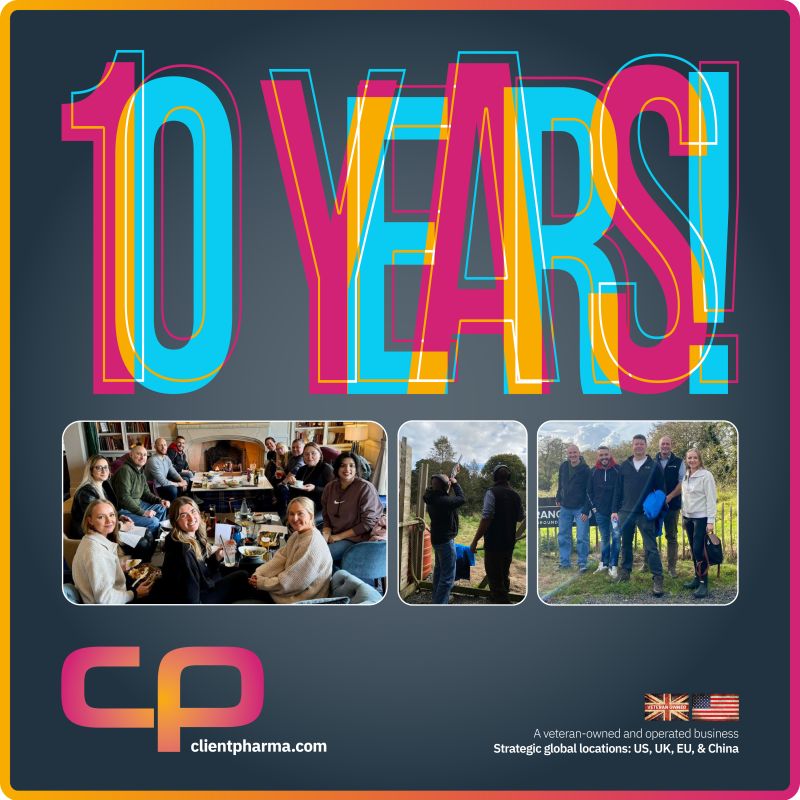False medicines can present a huge health risk to the public. As well as potentially damaging the reputations of pharmaceutical companies, they can disrupt comparator sourcing and clinical trials services. The number of illegitimate and counterfeit medicines across the globe is becoming increasingly concerning, as they have even been appearing in the legitimate medical supply chain. Between 2011 and 2015, drug counterfeiting around the world increased by 51%.
These fake medicines may be extremely dangerous to those who take them, as they may be contaminated by harmful substances, such as paint, bacteria or even antifreeze. They may also contain an incorrect dosage of ingredients, which could potentially lead to overdose or the patient not getting enough of the active ingredient they need. Counterfeit medicines are also damaging in the way they may contain no active ingredients, which as well as disrupting drug trials, can mean that the drug fails to help the patient get better. This can ultimately harm the patient by depriving them of the potentially life-saving treatments they need.
Not only are counterfeit drugs a hazard to the health of patients, they also create uncertainty around the use of legitimate medicine access. This can affect the extent of high-quality comparator sourcing and may also lead to people using alternative therapies.
Customs officials can intercept counterfeit medications that are imported into the country through random checks. If these officials have intelligence on the presence of counterfeit medications, they can then send the items away for analysis in a laboratory.
The Falsified Medicines Directive and associated Delegated Regulation in the EU states that all prescription medicines must be serialised, verified and then authenticated to prevent the entry of falsified medicines into the legal pharmaceutical supply chain.
- Serialisation refers to a unique identifier or serial number placed on each pack of medication. This also occurs together with tamper-evident packaging.
- Verification refers to when this code, identifier or tamper-evident packaging is identified, checked and verified.
- Authentication is when the medicine is scanned for the final time, ensuring the subsequent decommissioning of the product when supplied to the patient.
It’s clear to see why patients need to be protected from false and counterfeit medication. Whilst it’s difficult to halt the production of these medicines, it’s important to educate others on the correct system of identifying them in order to safeguard patients, improve worldwide clinical trials and ensure that patients do not lose faith in the benefits of pharmaceuticals.

